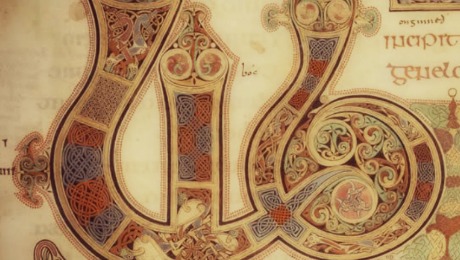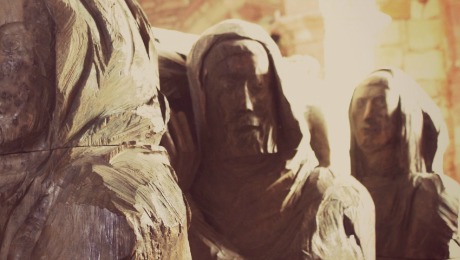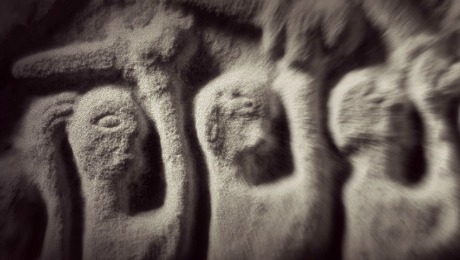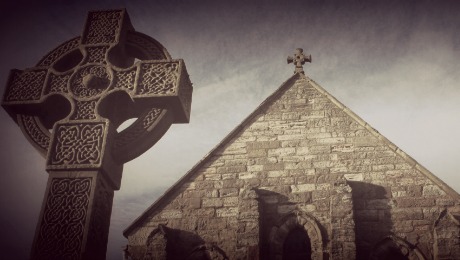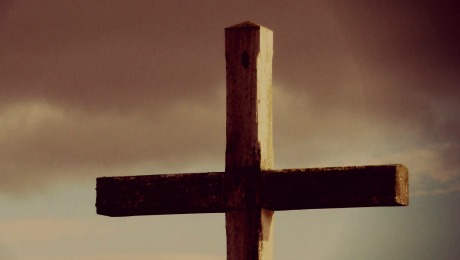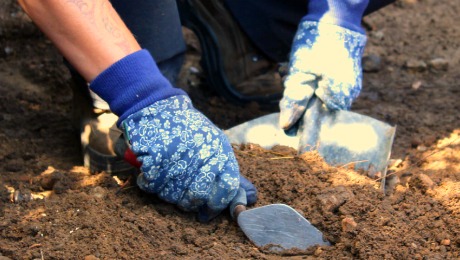Today, Lindisfarne is a place where land and sea meet, creating a rich tapestry of marsh, mudflats, sand-dunes and beaches.
The animals and plants that live here have helped support the island’s human population since the first settlers arrived, and the natural history of Lindisfarne is as important as the story of its human inhabitants.
The natural environment has changed and developed over time. The sand-dunes that dominate so much of the northern side of the island were only formed in the late medieval period, and a large open-water lagoon survived next to the harbour until the early 18th century.
The earliest visitors to the island were Mesolithic hunter and gatherers who were probably attracted by the rich natural resources on the island. They caught fish and shellfish and exploited the large colonies of seal that still live on the sandflats and rocky outcrops that surround the island. They doubtless also hunted the vast flocks of wildfowl that make a temporary home on the marshes and sands during the winter months, a time when many other natural resources would not be available. Simple stone tools that belonged to these earliest hunters have been found in excavations on the north side of the island.
The sea also offered a rich harvest to the islanders. The Anglo-Saxon monks almost certainly fished in the waters around Lindisfarne. We know from historical documents that the later monks of Lindisfarne Priory owned boats and nets, mainly for catching the rich shoals of herring that made their seasonal migration down the North Sea coast. One of the few artefacts recovered from the later monastery is a small fish-shaped lead weight, probably used for weighing down a fishing net or line.
In the post-medieval period, fishing became the mainstay for the islanders. Thousands upon thousands of shellfish were collected to bait the long lines used to catch fish. By the 19th century, there was a thriving fishing industry on the island. The remains of some of the old fishing boats can still be seen sawn in half and turned upside down to be used as huts by the modern fishermen. The fishing communities of Northumberland were famous for preserving their herring catch by smoking them to make kippers, and the remains of the herring yards and smokehouses still survive in the village. They are a powerful reminder of the central role that the sea played in supporting island life.
Today the island once again welcomes pilgrims. Some come attracted by its religious past, others by its history – many are also attracted by its natural environment and the rich wildlife. Many of the old island families still live in Holy Island village. Despite the increasing importance of tourism, the island still supports a small fishing industry and the land is still farmed. There is even a small village school. There also many newcomers, and increasing numbers of holiday homes.
As the island faces the 21st century, it faces fresh challenges, treats and opportunities, but the past is still close at hand.
